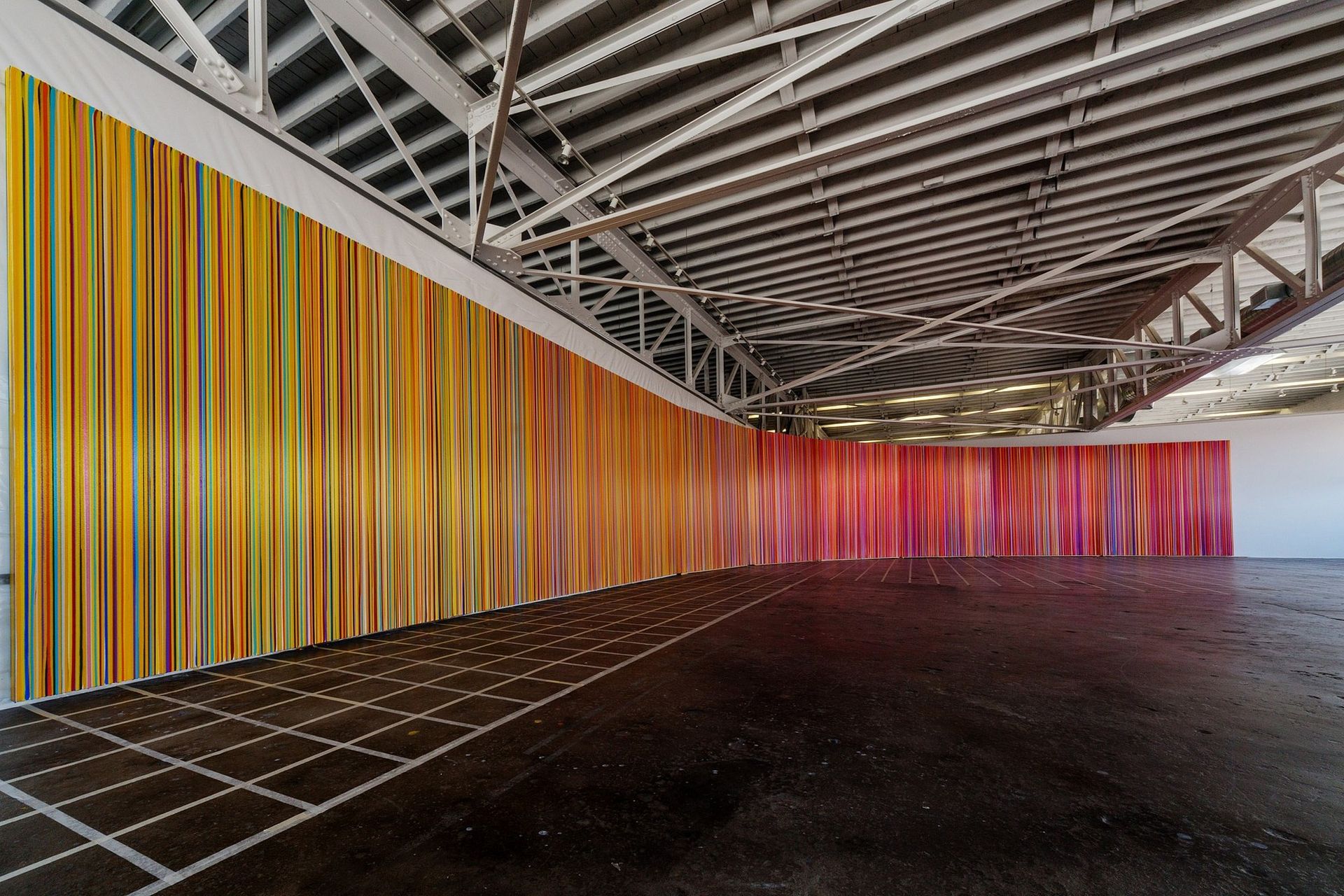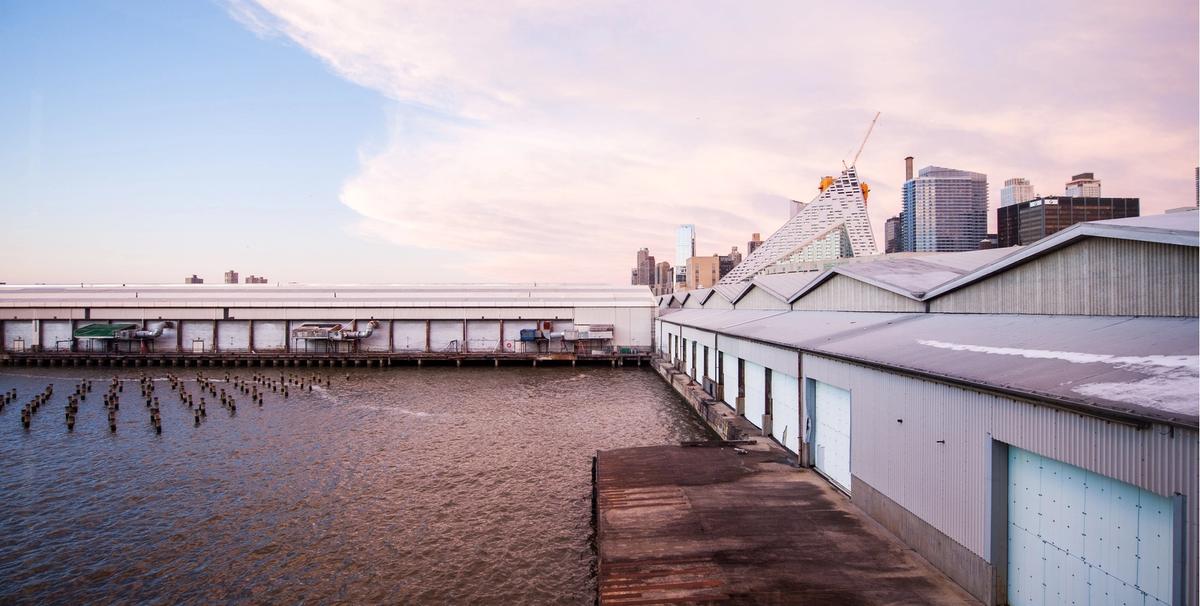Change is coming to New York’s oldest fair for new art. Since Ben Genocchio took over as director of the Armory Show (2-5 March) in late 2015 (from Noah Horowitz, who left to become director of the Americas for Art Basel), he has been on a mission to revitalise the format with the hope, he says, of putting the focus back on the art.
Genocchio, a former art critic and editorial director of Artnet News, decided to take the Armory Show’s 250,000 sq. ft industrial venue, Piers 92 and 94 on the city’s far west side, as his starting point. “I think trying to understand what distinguishes the fair, good or bad, and making that a key component is a smart way of making it a more distinctive and memorable experience,” he says.
For the first edition fully under his control he has enlisted the architectural firm Bade Stageberg Cox to revamp the floor plan of Piers 92 and 94—known more for their capaciousness than their aesthetics—widening the aisles, reorienting the booths, and adding lounge areas. Most significantly, he has jettisoned the Modern versus contemporary divide that long characterised the two piers. Instead, a sector called Insights will feature art made before 2000 in solo, two-artist and thematic presentations from 36 dealers; in comparison, this is nearly half of the 55 dealers that used to exhibit in the Modern sector on Pier 92. “Quality has been the most important factor in our consideration this year,” Genocchio says.
The full exhibitor list of 209 international galleries features 71 who are new or returning after an absence, including heavy hitters like Galleria Continua, Jeffrey Deitch, Lévy Gorvy, Pace, and White Cube; incubators of emerging talents like Various Small Fires and Galerie Fons Welters; and a strong contingent from Asia, including Tang Contemporary Art and Vitamin Creative Space.

Genocchio has brought back Eric Shiner of Sotheby’s, who curated the Focus section in 2013, to commission a new sector of large-scale installations called Platform, which will feature 11 works by artists such as Ai Weiwei, Olga de Amaral, Douglas Coupland, Patricia Cronin, and Iván Navarro. “Other fairs just put stuff in spaces that [dealers] can’t sell. This isn’t that,” Genocchio says. “These are works that are conceived for the space and installed in such a way that they reflect and hopefully draw attention to that space”, such as an 11-piece sculpture commission by Yayoi Kusama installed in the middle of a new “town square” on Pier 94. Elsewhere, the art will dictate the architecture, with a curving, 63-foot painting by Jun Kaneko informing the shape of the VIP lounge.
The fair’s Focus section, which was previously devoted to a geographic hook (last year, Africa; in 2015, China), is also getting a revamp, with Genocchio giving the Los Angeles County Museum of Art curator Jarrett Gregory carte blanche to curate a show of works that will be for sale by the artists’ galleries. Her theme—What Is To Be Done?—will feature works by Deana Lawson, Teresa Margolles, and Anna Titova, among others. “It’s a way of bringing important, relevant new art to the fair that I wouldn’t otherwise have," Genocchio says. "Hopefully that preserves the idea of discovery that was so crucial to the geographical region and that people loved, but it puts the emphasis very much on quality and the relevance of the artist.”
As for the artists themselves, Genocchio has made sure to involve them in Armory Live, the accompanying series of talks and panels, with Shiva Ahmadi, Marilyn Minter, Charles Atlas, David Salle, Alex Katz, Dana Schutz, Chris Martin, and Shahzia Sikander scheduled to appear. And where the Armory Show has traditionally offered private collection tours to its VIPs, this year, artists’ studios will also be open for viewing.
Whether these changes will pay off in sales remains to be seen. Genocchio argues that timid tweaks will not suffice when his competition in March includes not only the concurrent Art Dealers Association of America’s Art Show at the Park Avenue Armory, but also the world’s best-attended fair, ARCO in Madrid, as well as Art Dubai and Art Basel in Hong Kong. “New York is about experimentation and bold moves and the fair reflects that,” he says. “Dealers want to bring challenging and exciting work because they know the New York audience has the appetite.”


